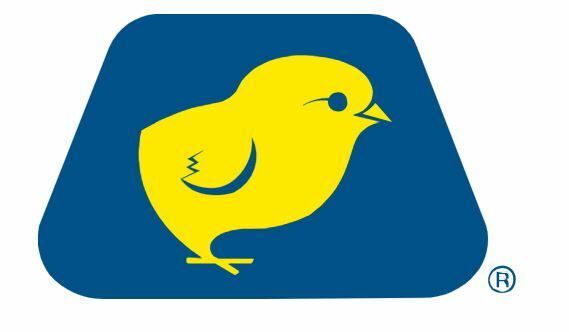



High performance vs Economic efficiency: Layer nutrition
5 things to know for nutrition in the real worldProfitability is essential for any layer farmer and egg producer. Feed prices around the world have increased, some more than double over the past year. Considering that feed can be 70% of the cost to produce an egg, how do farmers maintain profitability when egg prices do not also increase?
1. Know What You Need and What You Don’t
Three fundamental components to any layer diet impact productivity– energy, amino acids and minerals. But how much of each is really necessary?
Energy – In general, feed 300 kcal per bird, which is the necessary average energy intake requirement of a layer. This can vary slightly depending upon the variety of the bird, egg mass and temperature.
Amino Acids – Know your target for egg weight to better define amino acid intake. For heavier eggs, you need higher amino acid intake per bird per day. Alternatively, there is no need to waste resources and money to feed more amino acids if you do not need heavier eggs.
For example, the nutrition recommendations in the Hy-Line W-80 India management guide account for the relatively smaller egg weight desired in this market compared to the global average. This diet requires less Lysine, making it 5.5% to 6% less expensive than the nutrition recommendations in the international version of the W-80 management guide.
Minerals – Understand your sources of minerals and digestibility to allow for accuracy without excesses. The main minerals in the layer diet are calcium and phosphorus.
2. Know the True Cost of Energy Intake vs. Feed Intake
Decreased energy in a layer diet will always lead to increased feed intake. However, this is never an equal exchange. Stocking density, temperature, feather score, and housing layout are all factors influencing the outcome of feed intake. Decreasing energy may or may not be profitable at different ingredient costs. For example, with a 25% decrease in energy, the bird with average stocking density and thermal neutrality can only compensate for 7.47% increase in feed intake, leaving a void of 16.25% in energy intake (Hy-Line International internal study, not published). This means lost production. Depending on the fiber source, it can be more costly to dilute the energy of the diet. Additionally, lower nutrient value creates a higher feed intake, which also creates a higher feed cost.
3. Protein Reduction vs. Performance
It is possible to have a very significant reduction in the amount of protein. If the amino acids in the diet are balanced, egg mass will continue at expected levels.
For example, a 16% reduction in protein with proper amino acid balance can be made without affecting the egg mass, while the same reduction in protein without proper amino acid balance can equate to a 36.6% percent change in egg mass (Harms et al., 1982). Given that protein can be the second most expensive nutrient in the diet, finding the right balance can mean substantial cost savings. It is proven, feasible and even benefits intestinal quality and decreases environmental impact.
4. Additives vs. Cost Reduction vs. Performance
One of the most cost-effective additives is a super-dose or non-starch polysaccharide (NSP) enzymes. The feasibility of this additive super-dose is not a common practice and may change from time-to-time. It is important to know not only the recommendations of the additive supplier, but also to know the economic feasibility of each dose in the reality of feed costs. Enzyme activity is not linear according to the amount included in the feed. The most economically efficient point will be dependent on the ingredient cost according to the geographic location.
5. Alternative Ingredients – Do They Meet Expectations?
Though it may be tempting to consider alternative ingredients, consider investment cost, anti-nutritional factors, historical composition variation, and more. Alternative ingredients give the major opportunity to reduce costs if you find the right ingredients in the proper circumstance and price. Be very careful with non-traditional ingredients because of potentially low digestibility, composition variability, and many more nutritional anti-factors. When changing ingredients, allow time for birds to adapt their endogenous enzymes. Egg production may decrease slightly while adapting and recovering the loss of production. Prolong the time using the alternative ingredient to lessen the impact. Make sure to use lab analysis for alternative ingredients before incorporating them into the diet.

Know your objectives! If you do not need high egg weight, there is no need to pay for an expensive diet. Decreased energy will always lead to increased feed intake. This may or may not be profitable at different ingredient costs. Hy-Line varieties can be managed with flexible nutrition strategies while still achieving high productivity.
Follow Hy-Line International on LinkedIn










